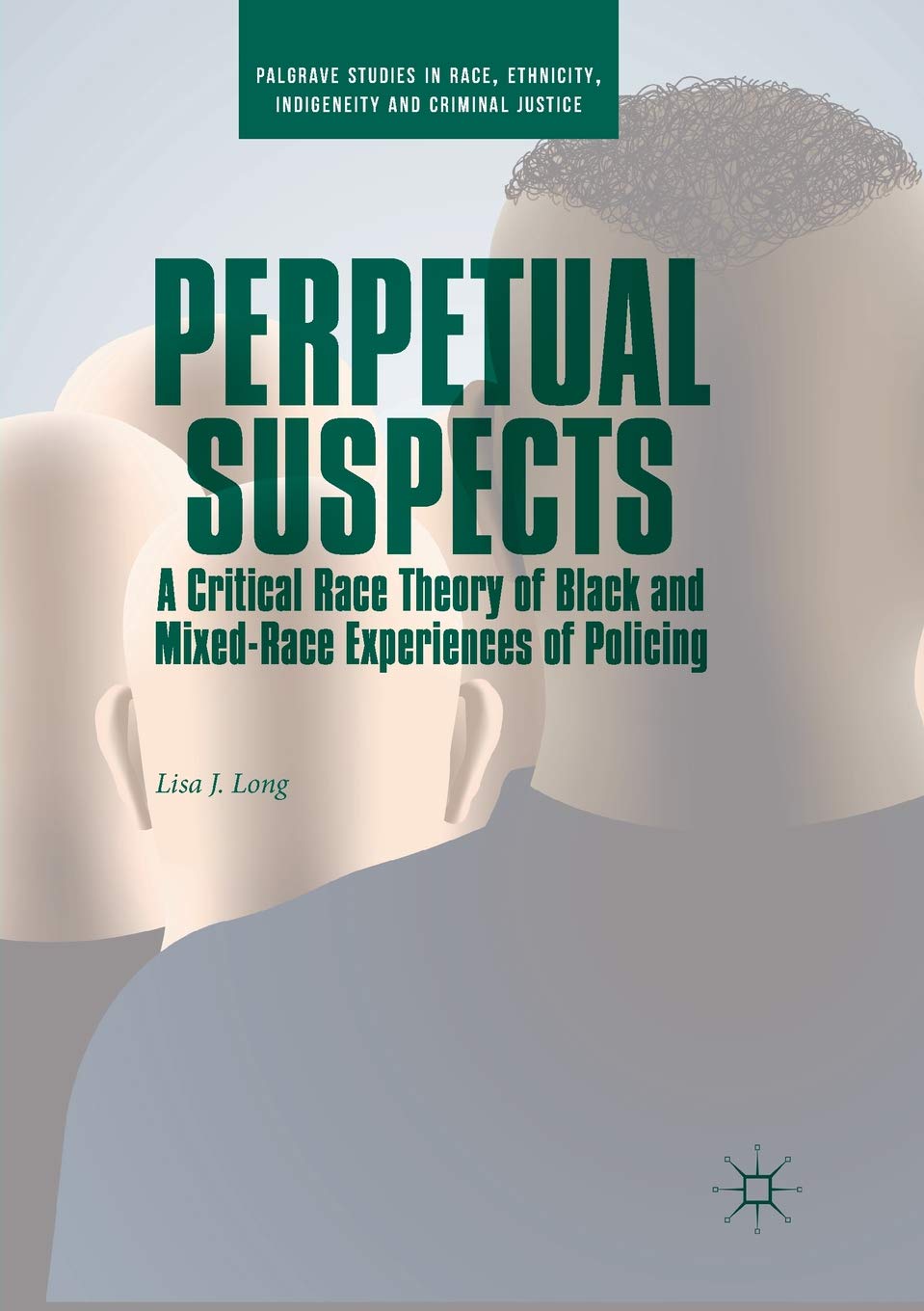The new one-drop rule: challenging the persistence of white supremacy with in-service teachersPosted in Articles, Media Archive, Teaching Resources, United States on 2019-09-22 02:27Z by Steven |
The new one-drop rule: challenging the persistence of white supremacy with in-service teachers
Teaching Education
Volume 29, 2018 – Issue 4: What is To Be Done with Curriculum and Educational Foundations’ Critical Knowledges? New Qualitative Research on Conscientizing Preservice and In-Service Teachers
pages 330-342
DOI: 10.1080/10476210.2018.1505841
Benjamin Blaisdell, Assistant Professor
College of Education
East Carolina University, Greenville, North Carolina
The one-drop rule refers to the process of being racialized Black when someone contains any amount of Black ancestry, i.e. one drop of Black blood. In this article, I use what I call ‘the new one-drop rule’ to explain how even the smallest presence of white discourse can disrupt racial equity work in schools. Based on a critical race study in a racially desegregated elementary school, I illustrate how one drop of white discourse from even one less racially literate white teacher can cause usually more racially literate white teachers to support white supremacy. I also share how collaborative research utilizing critical race theory (CRT) can help schools build greater racial literacy and resist white discourse. I argue that critical research on race with in-service teachers should not forefront the consciousness-raising of resistant white teachers but rather center the wants, needs, and racial knowledge of racially literate teachers and especially teachers of color.
Read the entire article here.

